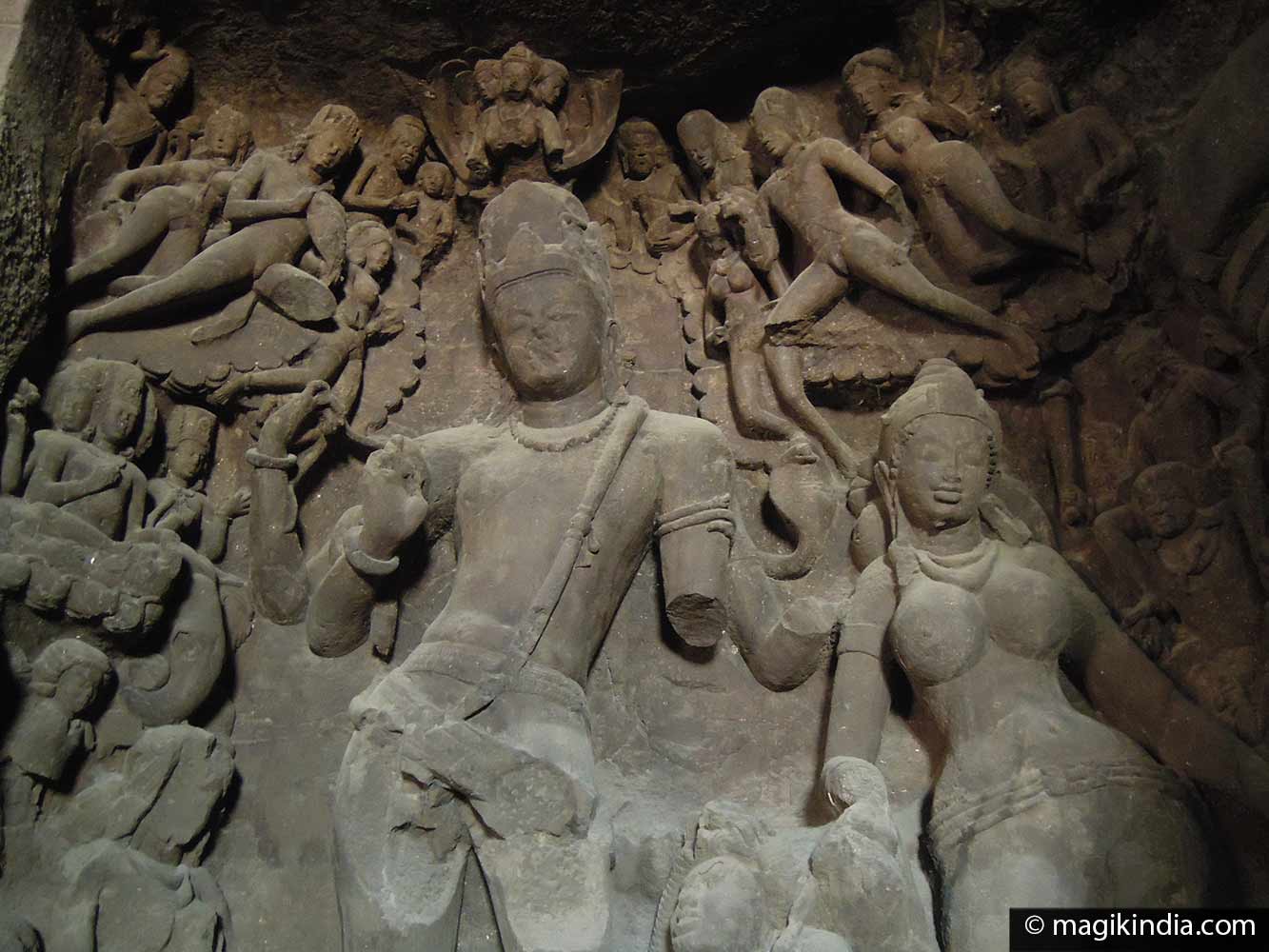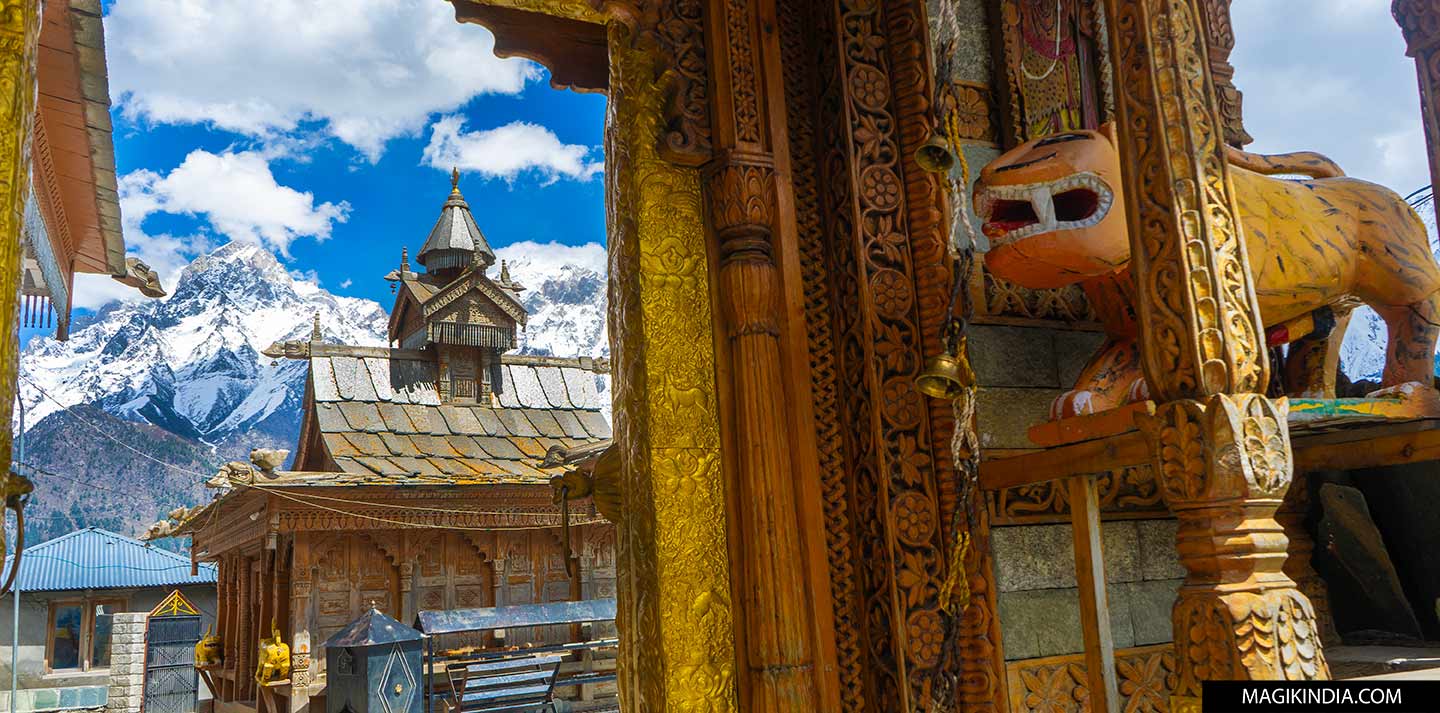
Elephanta, the splendid temples-caves of Mumbai
It would be a shame to ignore the majestic cave temples of Elephanta, nestled on the island of Gharapuri, 10 kilometers from Mumbai. These 5th-6th century CE masterpieces, classified as a World Heritage Site, are among the most beautiful excavated caves of Maharashtra along with Ellora and Ajanta.

In ancient times the island was called Gharapuri. The name of Elephanta was given by 17th-century Portuguese explorers who discovered a monolithic elephant sculpture by the entrance to the caves. This sculpture is now at the Bhau Daji Lad Museum in Mumbai. The island was once the capital of a powerful local kingdom, and its numerous architectural remains from the 2nd century CE indicate the rich culture of those days.

Researchers believe that the temples of Elephanta were built over the period from the 5th to the 6th century AD, but the sponsors of these masterpieces are still unknown and have attracted considerable speculation since the 19th century. Some researchers find elements of Badami Chalukya architecture from southern India, as well as architectural styles from the Gupta Empire. Others seem to think that the whole would have been founded under the patronage of a Maurya family (not to be confused with the Maurya empire, which disappeared in 185 BCE).


This type of cave-temples is also reminiscent of those of Ellora and Ajanta in the east of Maharashtra.
The main cave (cave n°1), directly carved into the rock, also called Shiva cave, is the most impressive; it is 39 meters deep and the masterpiece here is the three-headed Sadashiva, 5 m high.
This sculpture represents the Trimurti, trinity of creator, preserver and destroyer, identified as Aghora or Bhairava (on the left), Taptapurusha or Mahadeva (middle face), and Vamadeva or Uma (on the right).

The rest of the cave has a pillared hall (mandapa) about 40 meters wide. It contains the garbha-griha (sanctum sanctorum), which boast a lingam, symbol of Shiva.

Around the Sadashiva are two major frescoes, one depicting the marriage of Shiva and Parvati and the other displaying a Shiva ‘Ardhanarishvara’, that is to say a Shiva represented in an androgynous form: Shiva on the right side and Parvati on the left side of the same body. This image symbolizes that at the origin of everything, there is neither feminine nor masculine but neutral gender.

The other sculptures in the cave 1 show other aspects of Shiva as Nataraja (lord of dance) and Yogishvara (lord of yoga). All the scenes were carved out of basalt bedrock and were also originally painted, there are only a few traces left today.
The other caves are of little interest, they have been badly damaged and there are very few remains.







